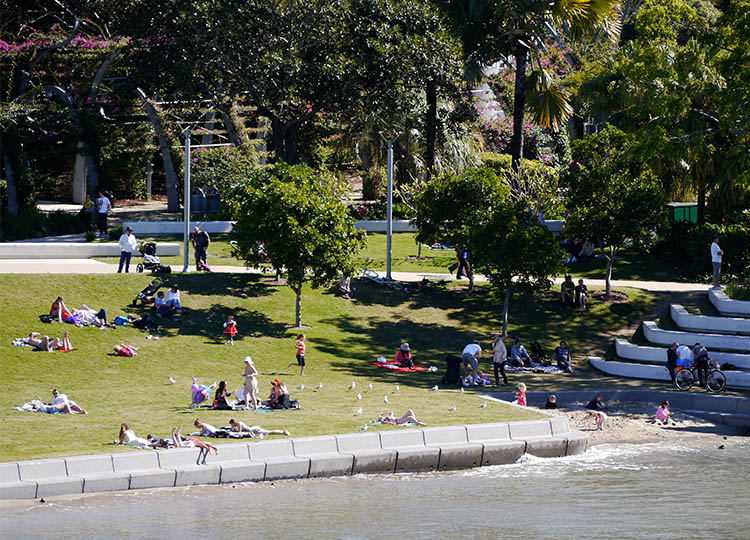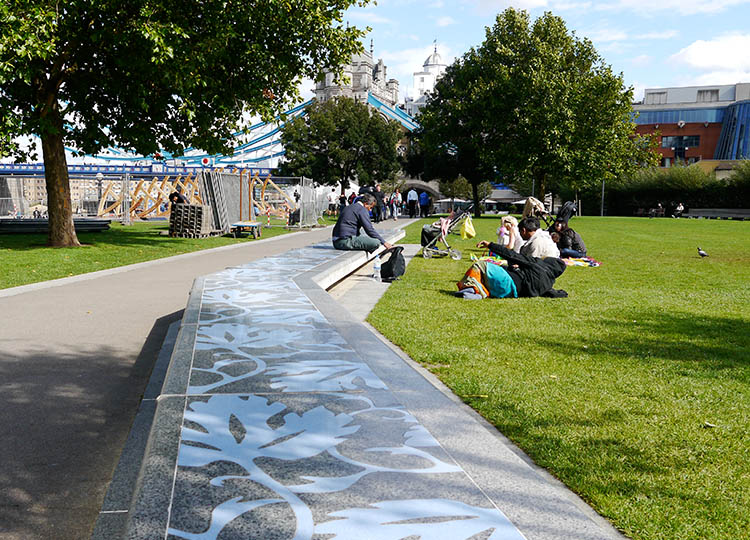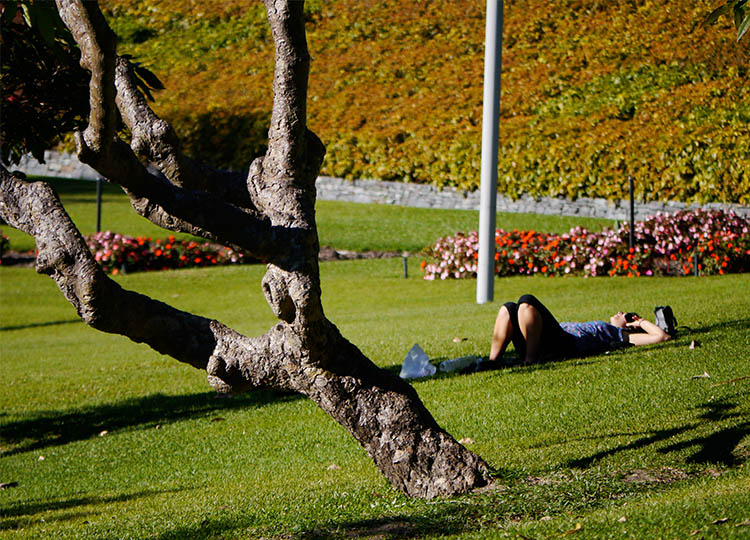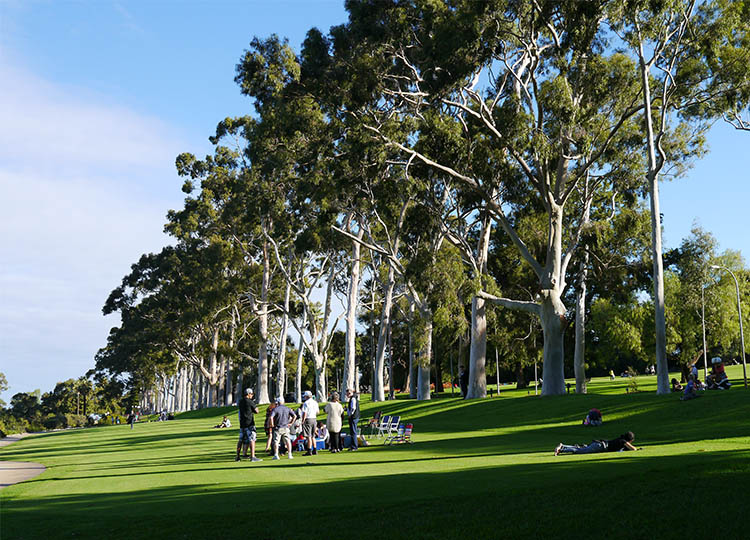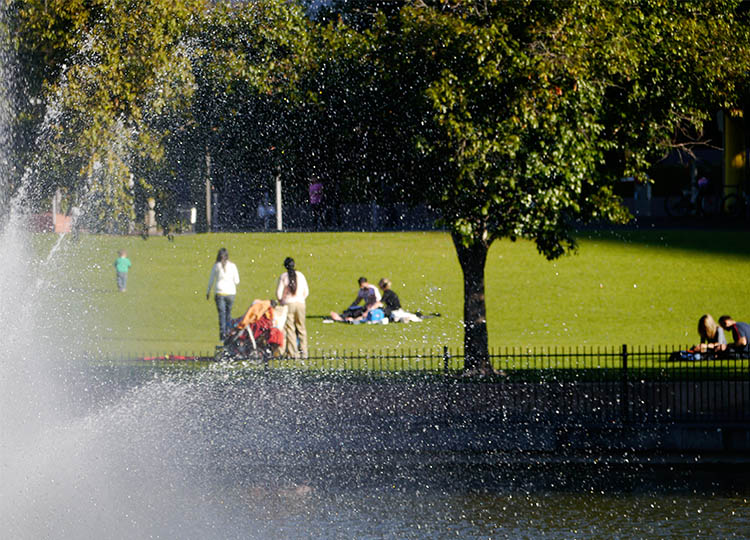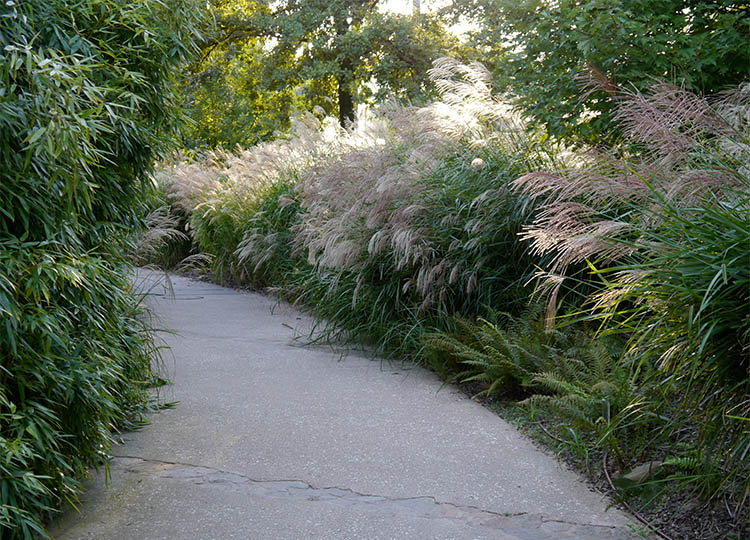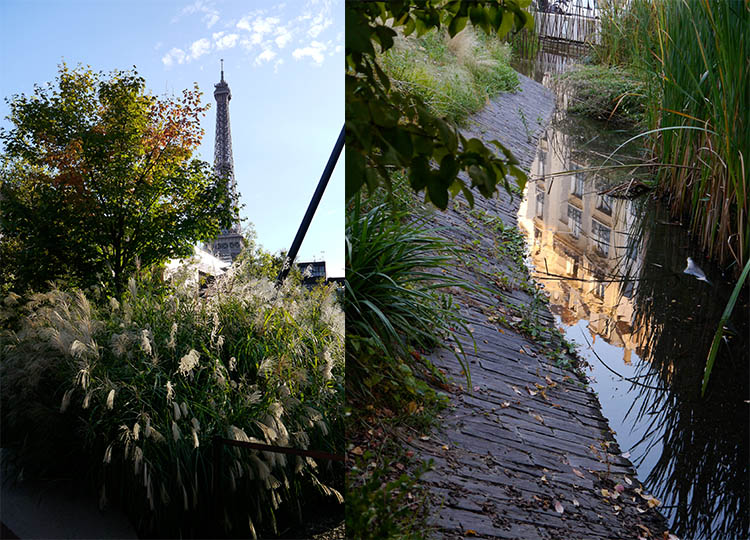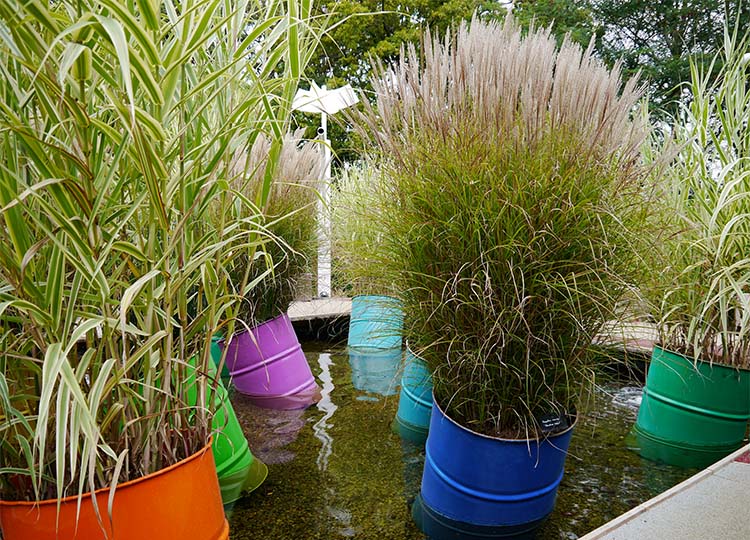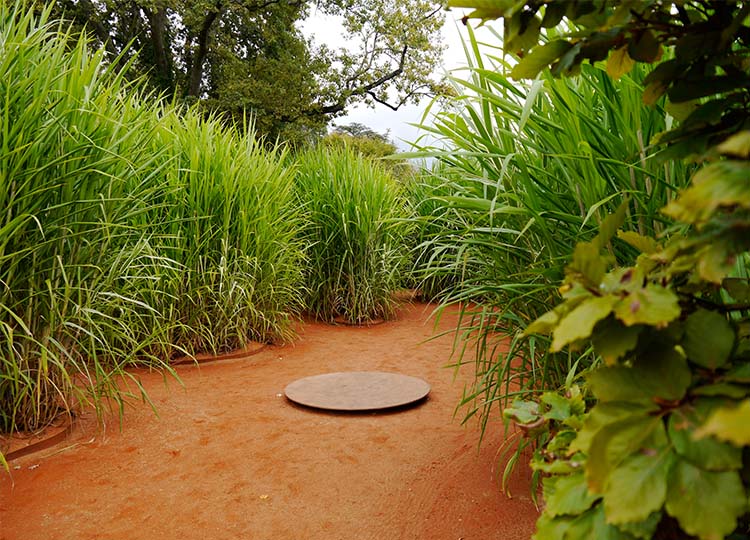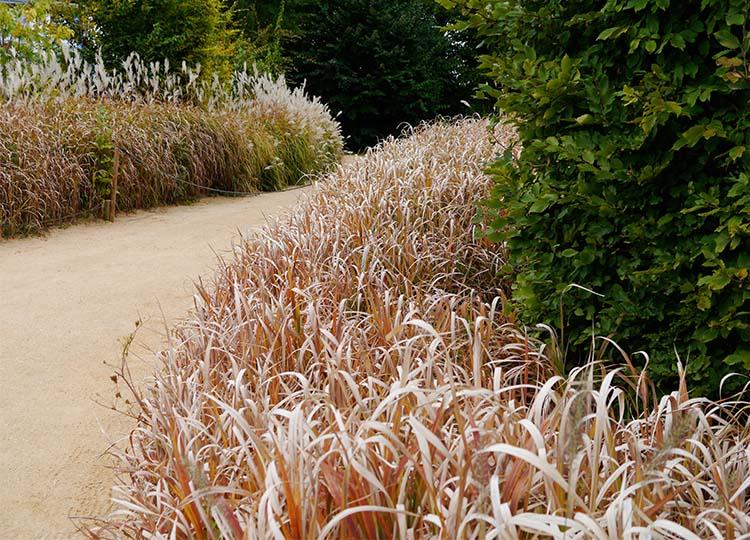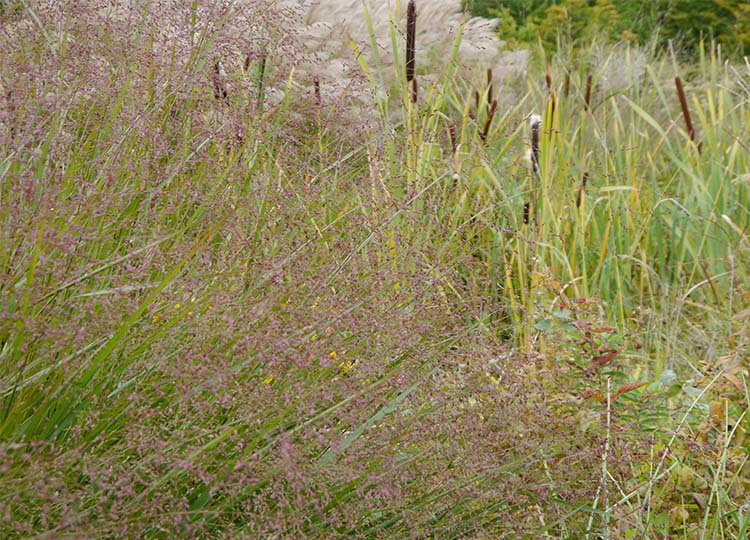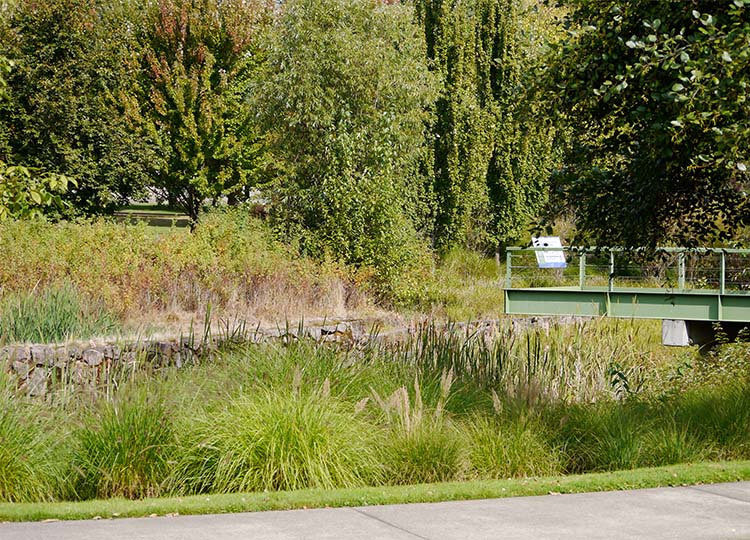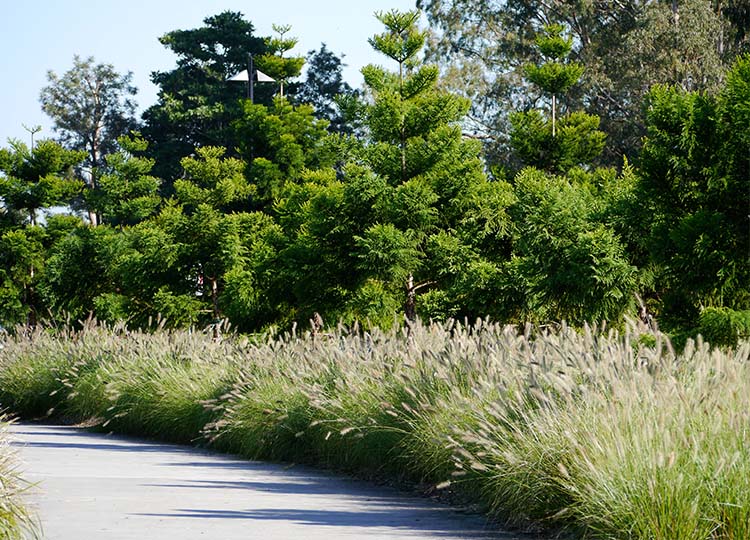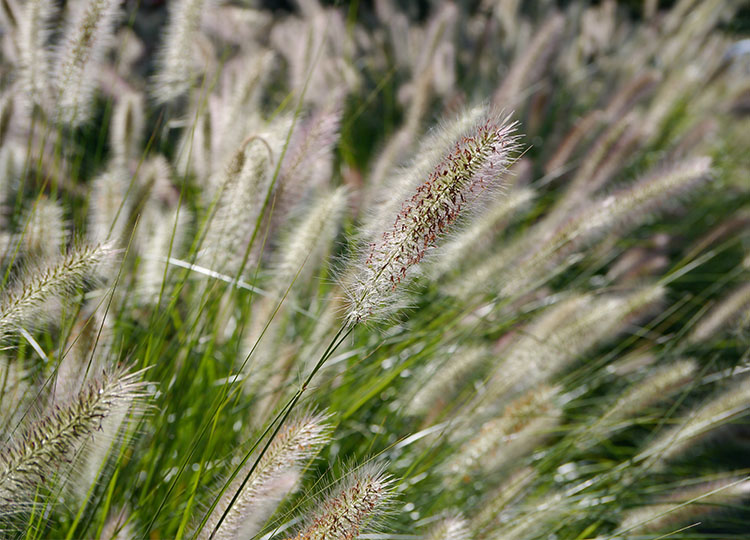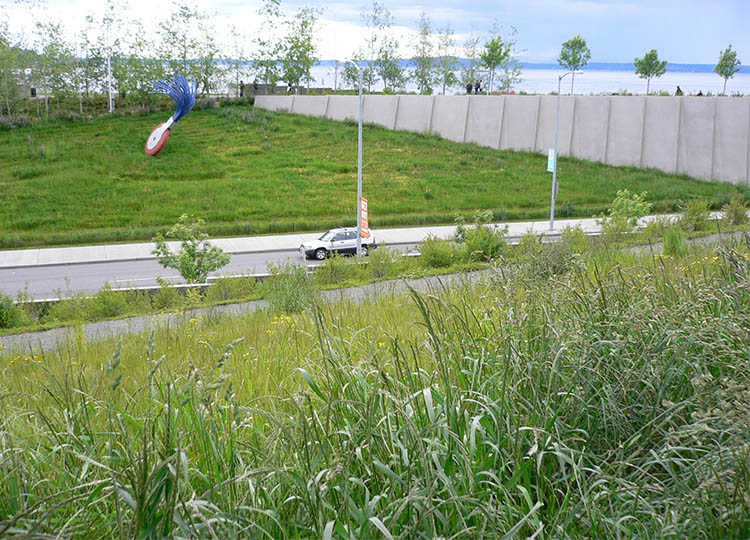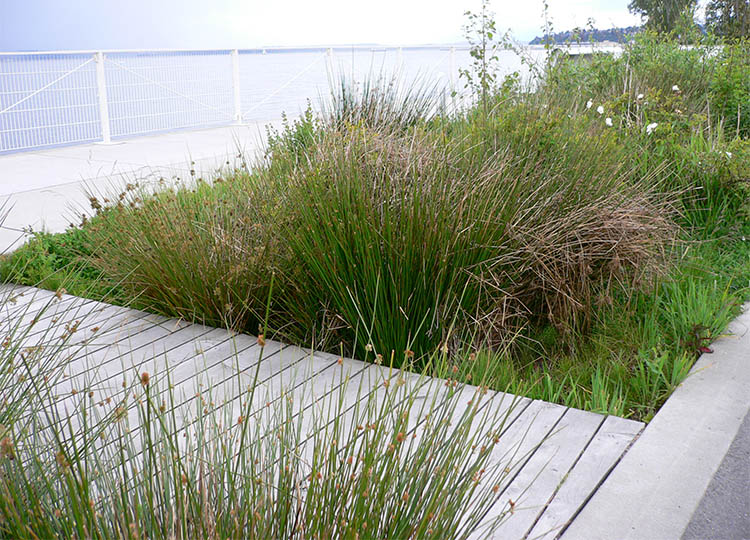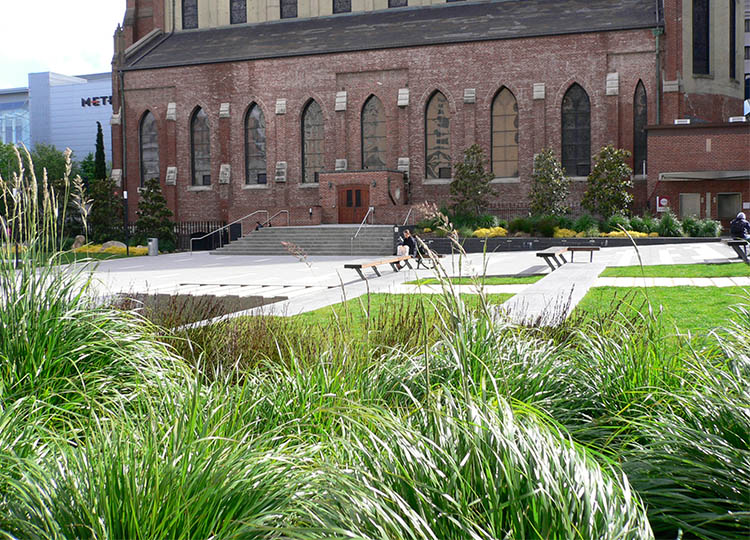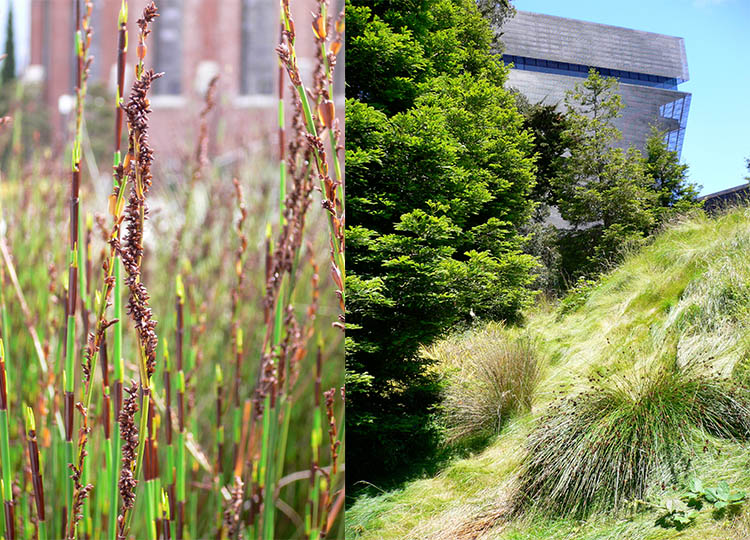Grow lime in your garden and you can eat your way around the world, from breakfast till bedtime. Here’s how...
Read moreK is for Kitchen
A garden is always the better for containing something you can eat.
Trust me, that time you go to wrestle dinner out of a sprouting onion and three year old can of chickpeas you’ll be grateful that your neglected rosemary is such a trooper...
Read moreJ is for Junk
If there could possibly have been a childhood garden activity more exciting than burning stuff, it was going to the dump.
Stuff you couldn’t burn, or fit in the bin, you simply took somewhere else and chucked away. Easy!
I’m pretty sure there was a voyeuristic aspect at play - look what those people are throwing away – but the whole spectacle was intriguing.
Read moreI is for Incinerator
When I was a kid, the coolest garden activity imaginable involved setting fire to stuff.
Every weekend, my dad would gather the week’s newspapers (admittedly not a massive fuel source, with all respect to The Daily Mercury) and other bits of cardboard and paper, and then go to the bottom of the yard and burn them in the incinerator...
Read moreH is for Hive
No bee, no me
We need bees in order to eat. Without pollination by bees our global food supply would reduce by about a third, leaving us without many of the fruit, vegetable, nut, seed and grain crops that sustain us.
It goes without saying that without bees we’d also be without honey, and that would make for a very unhappy Pooh Bear.
Happy bees
It’s easy to make your garden a welcoming smorgasbord for neighbourhood bees, both the European Honey Bee and Australian Native Bees.
1. Don’t use chemicals to control attacks by insurgent insect mobs.
2. Grow a range of plants that flower throughout the year, so there’s always food available.
Native bees like: Buddleja, Callistemon, Eucalyptus, Grevillea, Lavender, Melaleuca (Honey Myrtle), Westringia (Coastal Rosemary) and Daisies.
Honey bees in our part of the world also enjoy subtropical species such as Coriander, Basil, Guava, Macadamia, Carambola, Lemon-Scented Myrtle, and Lime.
Learn more by downloading (for free) the excellent Bee Friendly: A planting guide for European honeybees and Australian native pollinators from the Australian Government’s Rural Industries Research & Development Corporation
3. Grow plants with a variety of different flower shapes and forms.
4. Let flowering plants flower as long as they want, particularly heading into winter.
5. Consider raising bees yourself!
“Well,” said Pooh, “what I like best,” and then he had to stop and think. Because although Eating Honey was a very good thing to do, there was a moment just before you began to eat it which was better than when you were, but he didn’t know what it was called.”
Grow your own
Home-grown honey is a thing of beauty and delight.
I’ve got a mate who’s been keeping bees since before it became Brooklyn-hipster-cool.
He keeps his hives out on another mate’s property near Samford, but you can also raise honey bees in your backyard or on a rooftop.
Make sure your hives are positioned so the flight path doesn’t intersect with your daily activities, unless you feel like a mouthful of angry bee every time you walk outside.
In Brisbane, expert help is available from Bee One Third.
Urban apiarist Jack Wilson Stone can get you started, train you to maintain your hives, and give you tips to help harvest the good stuff.
I had the huge pleasure of sharing a stage with Jack last year, and a more helpful, knowledgeable and cheery chap you are unlikely to meet.
Find out more about Bee One Third’s services, courses and upcoming events on their website. For live updates on swarm relocation and other cool stuff, follow the Instagram feed.
Native bees
Native bees won’t keep you awash in honey but don’t overlook them on account of that. With over 1,500 species, Australia’s native bees are critical for pollinating native flora.
The native Social Stingless Bee (Tetragonula carbonaria, previously called Trigona carbonaria) is also used for pollination of crops such as macadamias, mangoes, watermelons and lychees in Queensland.
The Blue Banded Bee (Amegilla cingulata) specialises in the excitingly named Buzz Pollination, needed for crops such as tomatoes.
You can set yourself up with a native bee hive from Bee Yourself. Versions are available depending on whether you wish to try and harvest some honey, or you’re mainly interested in pollination.
Continue the buzz
Few things get a fixie-riding, cold-drip-drinking, full-sleeve-wearing hipster as excited as a mason jar of local provenance honey.
In Brisbane get your Hood Honey from Biome, Sourced Grocer, Merriweather, Primal Pantry and The Gunshop, amongst others.
Eat it while bee-ing inspired by these 3 TED Talks:
Dennis van Engelsdorp: A plea for bees
G is for Grass
A few pithy comments on one of the most versatile and widespread plant types on the planet…should be able to knock that over pretty easily.
Grasses are used to make food, drinks, paper, household goods, rope, building materials and more. I grew up with a field of sugar cane at the back boundary, and the sounds and colours of the annual firing are literally burned into my memory.
In gardens and urban landscapes we have less contact with edible grass crops and much more exposure to turf and ornamental grasses.
So in the interests of not biting off more grass than either of us can chew, here are a few musings on those.
Grass for Giving
In Philadephia there have been a number of long-running programmes that convert the city’s vacant, unloved and abandoned lots into simple, clean mini parks. The limited budgets usually only stretch to cleaning up and then installing a low fence, perhaps a path and seat, maybe some minimal planting, and then turfing the rest. This all sends a message that the lot is now cared for, valued and open to the public.
To see a bad use of turf grass, take a stroll along Margaret Street in Brisbane. See the mean-spirited fence and inaccessible lawn marking the site of the 100-year-old O’Reilly’s Bonded Stores, demolished last year to make way for a new development.
Grass for Grids
In public landscapes, lawn can be an unexpected and delightful surface treatment.
Swathes of the light rail corridor in Dusseldorf are lushly planted with turf and bordering shrubs, creating a sinuous ribbon of green through the city.
Grass for Gambolling
Some people are virulently anti-turf, and with good reason: turf grasses can be bottomless sinks of water and chemicals, they require maintenance using oil-powered machines, reduce diversity and take up land that could be used to grow more productive species.
In parks, turf can be the bane of the landscape manager’s life: it gets hammered at big events, people take shortcuts across it, it wears unevenly and yes, it requires constant attention.
But what’s the alternative? More paving?
Parkland lawn is permeable, visually cooling, less glary and reflective, softer underfoot, and flexibly accommodates a wide range of uses and activities: in certain public settings it's incredibly successful and undoubtedly the best option.
“Rest is not idleness, and to lie sometimes on the grass under trees on a summer’s day, listening to the murmur of the water, or watching the clouds float across the sky, is by no means a waste of time. ”
Grass for Grace
Playing peacock to the turf grass’s peahen are the ornamental grasses, including true grasses, sedges and rushes.
The diversity of colours, forms, textures and sizes makes grasses a tempting planting choice. The range of different seed heads, flowers, and colour change as they die back means grasses are generous guests, contributing different things to the garden throughout the year.
The sensory delight is enhanced by the play of light across the foliage and the movement of grasses in the breeze.
Yes, please!
More info
Australian grass seeds for pasture, lawn and ornamental applications available through Native Seeds.
Information on weed grasses in Australia.
Ornamental Australian native grass cultivars by Ozbreeds.













